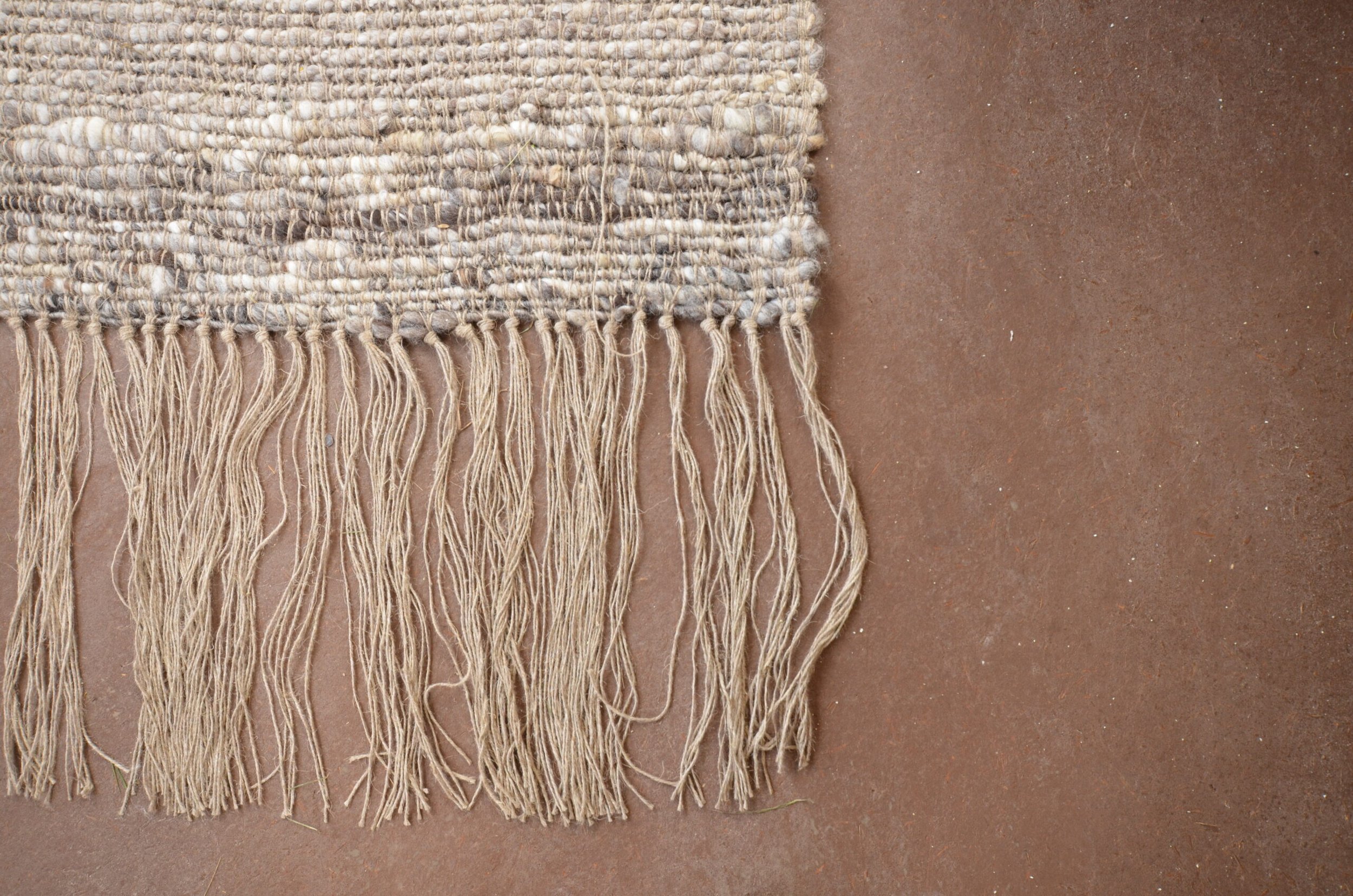
Frequently Asked Questions.
-
Yes. Earthen floors and underfloor heating are an excellent combo. The Earth floor will hold onto the heat gently releasing it back into the surrounding air as the temperature drops.
We need to install at least a 60mm subfloor on top of the pipes if you are using the water pipe underfloor heating system. We can lay a 25mm topcoat directly onto electric underfloor heating systems. This works really well for suspended timber subfloors and existing subfloor slabs. -
es. Many of our clients have young children, dogs and cats. The finished floor is as hard as a hardwood floor.
-
We have a stock a Brown, Red and Grey floor finish.
Bespoke colours are also possible. Our favourite is to use your local clay and local sand, to create a floor tone which is unique to your region. Please get in contact to talk about colours. -
The natural oils we use to cure the floor will darken any colour mix down a few shades. Use of different wax finishes can be used to achieve a light surface finish.
-
We have a range of natural fibres available which go from so thin they are invisible in the floor, up to visible features such as straw.
-
Earthen floors can be damp mopped, swept, vacuumed or steam cleaned. But you should avoid the use of harsh cleaning chemicals.
-
We recommend that your earthen floor is a 'shoes off' floor system to keep it in the best shape and also to enjoy the feeling!
We recommend the periodic use of Treatex Floor Care which replenishes the oil and wax while cleaning - https://www.treatex.co.uk/store/floor-care
-
Earthen floors are repairable if some damage does occur. You can choose to use the original mix for a near seamless repair, or use a new colour to make a feature of the repair.
-
Yes. Provided the subfloor is in good solid condition and has been laid for more than 8 weeks we can apply a 20mm topcoat over these subfloors.
-
Yes. Any timber floor that meets the requirements for a tiled floor is suitable for an earthen floor finish. The timber subfloor needs to meet a minimum level of deflection and be able to carry the additional load of the earthen floor topcoat. To reduce deflection it may be necessary to fix an additional layer of ply over the floorboards.
-
We have worked hard to develop a product that will be crack-free provided the subfloor is stable.
-
Earthen floors have far less embodied carbon than a concrete floor. By using clay as a binder, you sidestep all of the carbon-intensive firing at high temperatures of other poured floors.
Earthen floors are also better at storing heat, everyone knows the painful cold that you can feel walking on a cold concrete floor. Earthen floors feel warmer. Earthen floors are softer than concrete meaning there is a minuscule 'give' in the floor, much like that of a wooden floor. This is much more comfortable to walk on and can reduce joint pain. -
There are two stages to the drying process.
First - we need to evaporate the water from the earthen floor mix. The time taken for this is dependent on several factors. Temperature and air flow are the most important. We aim for 7 days to dry the floor.
Second - Once the floor has dried we will then apply the oil coat. From the point of application, the floor cannot be walked on for 10 days. Heavy traffic should be avoided for 2 weeks. -
The oil coat penetrates into the clay and polymerises. This creates a hard surface that is cleanable and more wear and damage-resistant. This also makes the floor waterproof, so you can mop the floor.
Similar to waxing wooden furniture, the wax layer gives a softer finish and provides a sacrificial coat on the floor. -
Yes! We love using local soil. Our favourite thing is to use the earth that was dug out for foundations to create the floor - It's the truly local and environmentally friendly option.
You can send us a sample to test to check if you have appropriate subsoil.
In most cases this works out more expensive due to the additional processing required.
Please contact us to discuss the price and process.
-
Yes, furniture is not a problem. Much the same as a wooden floor, furniture that creates a point load, like a pin-leg chair, will need furniture coasters to spread the weight.
It is recommended that heavy furniture should have felt pads attached to the feet to prevent damage to the floor